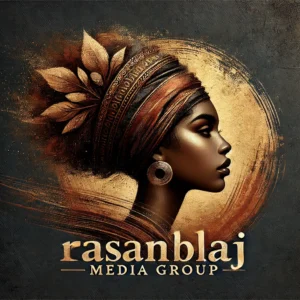To take what was given and make it yours. To take what was broken and make it whole. To take what was plain and inscribe it with meaning. This is more than a technique—it is survival, it is resistance, it is the refusal to let anything remain untouched, undecorated, unclaimed.
In Haiti, the vodou flags shimmer with sequins, each tiny mirror reflecting a lineage untold, each bead an offering, an invocation. The base is cloth, simple enough, but appliqué turns it into a testament—a shimmering prayer to Ezili, to Ogou, to Baron. This is appliqué: the art of layering history onto fabric, of taking the thread of the past and sewing it into the now.
In Puerto Rico, the vejigante masks start as something unremarkable—paper, coconut husks, wire. But appliqué transforms them, stretches them into something grotesque and beautiful, horns curving, colors clashing, a spirit taking shape where once there was nothing but raw material.
In Trinidad, in the heat of Carnival, appliqué moves through the hands of the Midnight Robber, his coat stitched with warnings, his hat towering with histories too large to be contained. Words and symbols layer themselves onto cloth, onto speech, onto the very performance of being.
This is the way of the islands: nothing remains in its original form. Everything is adorned, adapted, claimed. Appliqué is not just about art, about fabric, about clay—it is about what is added to make something ours. It is the embellishment that tells the story, the extra flourish that speaks louder than empire’s attempts to make us plain. It is the refusal to be simple. It is history—stitched, painted, carved—pressed into the world and made undeniable.
